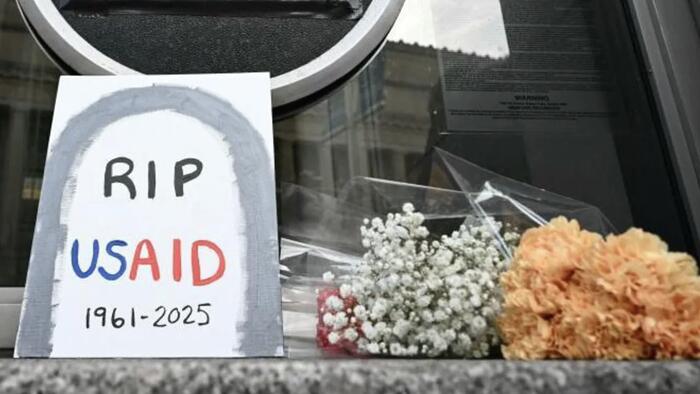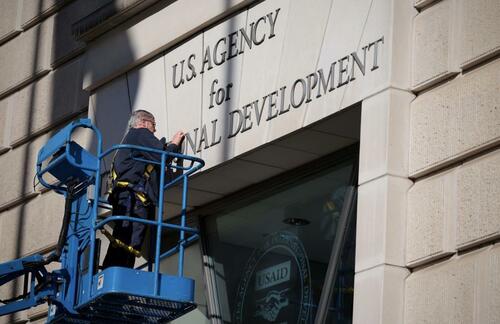


Given a green light by a federal judge to plunge ahead with a sweeping federal layoff campaign, the Trump administration on Sunday announced it was cutting 2,000 positions at the U.S. Agency for International Development and putting nearly every other USAID employee on paid administrative leave. There's no indication of how long those leaves will last -- or the ultimate fate of people in that category.
The leaves took effect at 11:59 EST on Sunday night. The relatively few who will remaining at work -- at least for now -- are "core leadership" and those involved in "mission-critical" or "specially designated" programs, according to a document reviewed by the New York Times. USAID employees were told that, if they fell into those exceptions, they'd find out by 5pm Sunday. Earlier reporting suggested that 600 people would be deemed essential.
Counting employees, contractors and local staff overseas, USAID had more than 13,000 employees as of September. In late January, thousands of contractors were let go. To eliminate the 2,000 employees now, the administration is using a mechanism called a "reduction in force."
USAID said it "intends" to furnish employees posted abroad with "a voluntary Agency-funded return travel program and other benefits." Asserting a commitment to their safe return, the agency said those employees will retain access to USAID systems until they make it home.
The first axe to fall over the weekend hit hundreds of contractors who received form letters notifying them that their services were no longer needed. According to AP, the generic notices didn't include the names of the recipients, raising fears that they'd face a struggle applying for unemployment benefits.
Here are just handful of examples of USAID projects that have sensible people cheering on the agency's destruction:
On Saturday, the New York Post published an expose revealing that just 2% of the billions of dollars designated for relief projects in Haiti since a 2010 earthquake went to Haitian organizations or businesses, while 56% landed at entities in and around Washington DC. While some of that money eventually found its way to Haiti, it's fair to say it was substantially eroded by the middlemen roosting around the capital. "Little wonder USAID is so threatened by the sudden scrutiny," wrote Paul Vallas.
Upon taking office in January, Trump declared a 90-day freeze on almost all foreign aid. Earlier this month, federal Judge Amir Ali issued a temporary restraining order blocking the freeze, saying it would likely cause irreparable harm to aid organizations. Last week, Ali said the administration was flouting the restraining order, and directed it to at least temporarily re-open the spigots.
There are some foreign fans of Trump's ongoing demolition of USAID and freezing of foreign aid programs, including Hungarian Prime Minister Viktor Orban:

